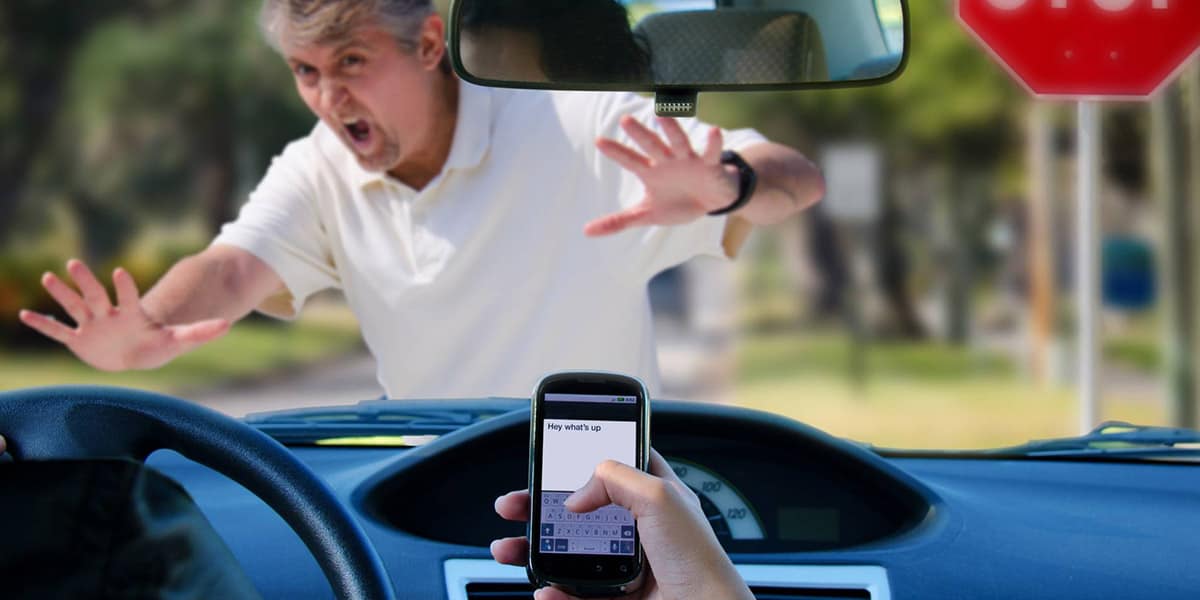Car accidents remain a significant public safety issue, leading to millions of injuries and fatalities each year worldwide. As traffic volumes increase, so does the urgency to address these accidents effectively. Enter crash analytics—a revolutionary approach that combines Big Data with advanced technology to better understand and prevent car accidents. By harnessing the power of data, governments, researchers, and tech companies can create safer roads and reduce collision risks.
This blog delves into the concept of crash analytics, its sources of data, and how it transforms accident analysis. We’ll explore predictive tools, ethical considerations, and the future of Big Data in transportation safety. Through these insights, we aim to uncover how data-driven solutions can pave the way for fewer accidents and safer journeys for all.
What is Crash Analytics?
Crash analytics refers to the systematic collection, processing, and analysis of data related to road accidents. This approach aims to uncover patterns, identify risk factors, and propose actionable solutions to improve traffic safety. According to www.accidentlawyerelite.com, by analyzing historical and real-time data, crash analytics equips stakeholders with the tools to address the root causes of accidents and prevent them in the future.
At its core, crash analytics operates within the broader framework of Big Data. This involves handling vast amounts of information, from vehicle sensors and traffic cameras to weather reports and road conditions. The insights gained through these analyses not only improve accident response times but also contribute to designing safer roads and vehicles, making crash analytics a cornerstone of modern transportation planning.
Sources of Big Data for Crash Analytics
The effectiveness of crash analytics hinges on the quality and diversity of data sources. One primary source is the Internet of Things (IoT), which includes connected devices like smart traffic lights, in-car sensors, and navigation systems. These technologies capture real-time data on vehicle speed, road conditions, and traffic flow, creating a comprehensive picture of road activity.
Crowd-sourced data from navigation apps like Waze and Google Maps also plays a crucial role. These platforms rely on user reports to flag hazards such as accidents, road closures, or heavy traffic. Additionally, public records, such as police reports and hospital records, provide detailed information about accident circumstances. However, balancing the volume of data with accuracy remains a challenge, especially when dealing with incomplete or inconsistent inputs.
Another valuable source is video surveillance from traffic cameras, which can provide detailed visual records of road activity. This data is increasingly enhanced by artificial intelligence (AI) tools capable of recognizing patterns, such as illegal maneuvers or dangerous driving behavior. Similarly, weather data from meteorological services adds another layer of context, helping analysts correlate adverse weather conditions with accident rates. By integrating these diverse datasets, crash analytics becomes a powerful tool for creating actionable insights, ultimately improving road safety.
How Big Data Identifies Accident Hotspots
One of the most impactful applications of crash analytics is mapping accident hotspots. Geographic Information Systems (GIS) and similar tools analyze spatial data to pinpoint locations with a high frequency of collisions. These maps are invaluable for urban planners, helping them identify areas that require better signage, lighting, or road design improvements.
For example, in cities like Los Angeles, predictive models based on crash analytics have been used to redesign intersections, reducing accident rates significantly. By identifying trends—such as a correlation between poor weather conditions and specific accident-prone areas—crash analytics empowers authorities to implement timely and targeted interventions, ultimately saving lives.
Predictive Analytics: Preventing Accidents Before They Happen
Predictive analytics takes crash analytics a step further by using machine learning to foresee potential accidents. By analyzing historical data, these systems identify patterns that often precede collisions, such as sudden braking or erratic lane changes. Once flagged, this information allows authorities or vehicles themselves to take proactive measures to avoid accidents.
For instance, some smart cities integrate predictive analytics into traffic management systems, automatically adjusting traffic light timings during peak hours to prevent congestion-related crashes. Similarly, insurance companies use telematics data to assess driver behavior and encourage safer habits through discounts for risk-free driving. These applications underscore the transformative potential of predictive analytics in accident prevention.
Challenges and Ethical Concerns in Crash Analytics
Despite its promise, crash analytics is not without challenges. One significant issue is data accuracy, as inaccuracies in input data can lead to flawed predictions or biased outcomes. For example, reliance on crowd-sourced data may inadvertently overlook underreported incidents in low-income or rural areas, skewing the analysis.
Additionally, ethical concerns regarding privacy and data security cannot be ignored. Collecting and analyzing sensitive information, such as location data or personal driving habits, raises questions about consent and misuse. To address these concerns, robust regulations and transparent data handling practices must accompany crash analytics initiatives. By prioritizing ethics, the potential of Big Data can be fully realized without compromising public trust.
Conclusion: The Road Ahead for Crash Analytics
Crash analytics is revolutionizing road safety by offering insights that were previously unimaginable. Through the strategic use of Big Data, stakeholders can identify accident hotspots, predict collisions, and design smarter, safer transportation systems. These advancements not only save lives but also pave the way for a more efficient and sustainable future for road users.
However, to maximize the impact of crash analytics, collaboration is key. Policymakers, tech developers, and the public must work together to overcome challenges such as data accuracy and privacy concerns. By embracing data-driven solutions and fostering trust, we can take significant strides toward a world where road accidents are no longer a leading cause of harm.
